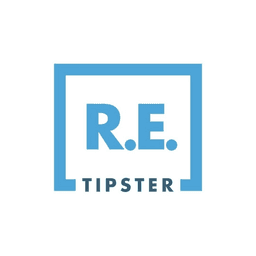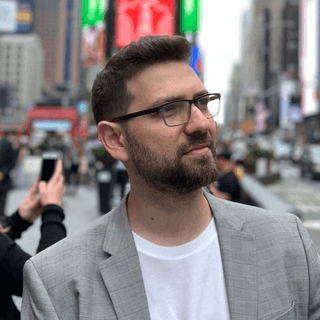How Seth Williams Built a $30K/Month Land Investing Course Empire


Business Description
Table of Contents
Navigate through the case study sections
Executive Summary
Case Study Content
Introduction
REtipster began when Seth Williams, fresh out of college, picked up a copy of Rich Dad, Poor Dad and thought, Maybe real estate could work for me. He spent months chasing house flips that never made sense on paper. Banks raised rates, competition drove up prices, and repairs ate profits. So Seth shifted focus: empty land. No tenants, no remodels, just buy low and sell higher.
Finding the Empty-Land Angle
In 2008, Seth started hunting for owners desperate to offload vacant parcels at 20% of market value. He’d mail hundreds of postcards, negotiate razor-thin margins, then flip the acreage at closer to full price. That simple buy-low/sell-higher tactic worked. Without repair costs, deals closed faster. Cash flow improved and Seth began mapping out each step in detail.
Launching REtipster
By 2012, after a few years of humble wins, Seth stumbled on Pat Flynn’s Smart Passive Income site. Inspired, he built REtipster.com on WordPress. His first posts and YouTube video tutorials didn’t pitch anything, he just showed his spreadsheets and negotiating scripts. Traffic trickled in, questions piled up, and Seth spotted an opening.
First Products and Pricing Hacks
He bundled his postcard templates into a $7 digital download. Copy went live one morning and sold instantly. That tiny success nudged him to create more tools, deal-analysis spreadsheets, title-research guides, skip-tracing email scripts. As demand grew, Seth tested higher price points, then bundled everything into a flagship course.
Scaling with Courses
The first REtipster course launched in 2015 at $45/month subscription. But users would sign up, devour content, then cancel. A year later Seth switched to a one-time fee model at $1,200. Today it’s $2,497. That pivot unlocked predictable cash, fueling content creation, podcasts, YouTube, and email list growth.
Diversified Revenue Streams
Half of REtipster’s income still comes from the course. The rest is a mix of affiliate partnerships, ad spots on Seth’s podcast, and occasional limited-time bundles. With YouTube algorithm changes and rising competition in land courses, Seth keeps experimenting with pricing tiers and coaching services.
Key Challenges
Competition jumped from two courses to dozens. Google and YouTube tweaks dent organic traffic. And market shifts post-COVID changed buyer behavior. Some months beat 30K USD, others slip to 15K. Yet Seth treats each downturn as a prompt to try new formats, webinars, live Q&A, software partnerships.
What’s Next
Seth is eyeing one-on-one coaching, group masterminds, and potential equity deals with prop-tech firms. He's also widening his email list with free land-deal calculators and planning a curated tool marketplace. The playbook is simple: focus on reader questions, test new channels fast, keep products aligned with real investor needs.
Key Takeaways
- 1Pinpointing a less competitive niche, empty land, let Seth build a simple, scalable flips business without tenants or repairs.
- 2Starting with free content on WordPress and YouTube built trust before any sale, leading to engaged prospects ready to buy.
- 3A $7 postcard template showed early proof of concept, paving the way for higher-ticket courses and tools.
- 4Switching from a subscription model to a one-time $2,497 course stabilized cash flow and fueled consistent growth.
- 5Diversifying income through affiliates, podcast ads, and special bundles reduced risk as competition and algorithms shifted.
- 6Experimentation with webinars, coaching, and partnerships keeps REtipster adaptive amid evolving real estate trends.
Key Facts
Tools & Technologies Used
Premium Content Locked
Subscribe to access the tools and technologies used in this case study.
Unlock NowHow to Replicate This Success
Premium Content Locked
Subscribe to access the step-by-step replication guide for this case study.
Unlock NowInterested in Being Featured?
Share your success story with our community of entrepreneurs.
Explore More Case Studies
Discover other inspiring business success stories

How Copy.ai Hit $100K MRR in 223 Days Through Affiliate Marketing
Copy.ai, an AI-powered content generator, reached $100K MRR in just 223 days by launching a lucrative 45% affiliate prog...
Copy.ai

How a Healthcare Advertiser Earned $45K with Push Notifications
An experienced Affordable Care Act marketer shifted from crowded social platforms to push notification ads, slashing CPA...
Pushub

How RemoveBounce Transformed After Acquisition & Doubled Its SaaS Growth
A group of software-savvy founders acquired RemoveBounce, an email list cleaning SaaS, for $35,000 on Flippa, then rebui...
RemoveBounce